11 Fitness Trends Taking Over: From Hybrid Workouts to AI Coaches
The fitness industry is undergoing a dynamic transformation, driven by technological advancements, evolving consumer preferences, and a global shift towards healthier lifestyles. In the past decade, we've witnessed a surge in innovative fitness trends that cater to diverse needs and preferences. From hybrid workouts that blend multiple exercise modalities to the emergence of AI-driven fitness coaches, these trends are reshaping how we approach health and wellness. This article delves into the top 11 fitness trends currently sweeping the scene, exploring how each trend is revolutionizing the way we think about fitness. As we navigate this landscape, it becomes clear that the future of fitness is not only about physical transformation but also about enhancing mental well-being and creating sustainable lifestyle changes.
1. Hybrid Workouts: The Best of Both Worlds

Hybrid workouts have emerged as a popular trend, combining elements from different exercise disciplines to create a comprehensive fitness regimen. These workouts often blend strength training with cardio, yoga with high-intensity interval training (HIIT), or even Pilates with dance. The appeal of hybrid workouts lies in their versatility and efficiency, offering a full-body workout that targets multiple muscle groups while also improving cardiovascular health. This fusion of styles not only keeps workouts interesting but also maximizes results by challenging the body in diverse ways. For individuals with busy schedules, hybrid workouts provide a time-efficient solution that delivers the benefits of multiple exercise forms in a single session.
2. AI Coaches: Personalized Fitness at Your Fingertips

The integration of artificial intelligence into fitness coaching is revolutionizing personalized training. AI coaches use data from wearable devices and fitness apps to create customized workout plans tailored to an individual's goals, fitness level, and preferences. These virtual coaches can adapt workouts in real-time based on performance feedback, ensuring that each session is optimized for maximum effectiveness. In addition to offering exercise guidance, AI coaches provide valuable insights into nutrition, sleep patterns, and recovery, helping users achieve a holistic approach to health. The accessibility and convenience of AI-driven fitness coaching make it an attractive option for those seeking expert guidance without the constraints of traditional personal training.
3. Virtual Reality Workouts: Immersive Fitness Experiences

Virtual reality (VR) is transforming the fitness landscape by offering immersive workout experiences that transport users to different environments. VR workouts can simulate outdoor adventures, such as hiking or cycling through scenic landscapes, or place users in virtual fitness classes with instructors and fellow participants. This technology not only makes workouts more engaging but also enhances motivation by providing a sense of escapism. For individuals who find traditional exercise routines monotonous, VR workouts offer a novel way to stay active while enjoying the benefits of physical activity. As VR technology continues to advance, the potential for creating increasingly realistic and interactive fitness experiences is boundless.
4. Wearable Technology: Tracking Fitness Progress
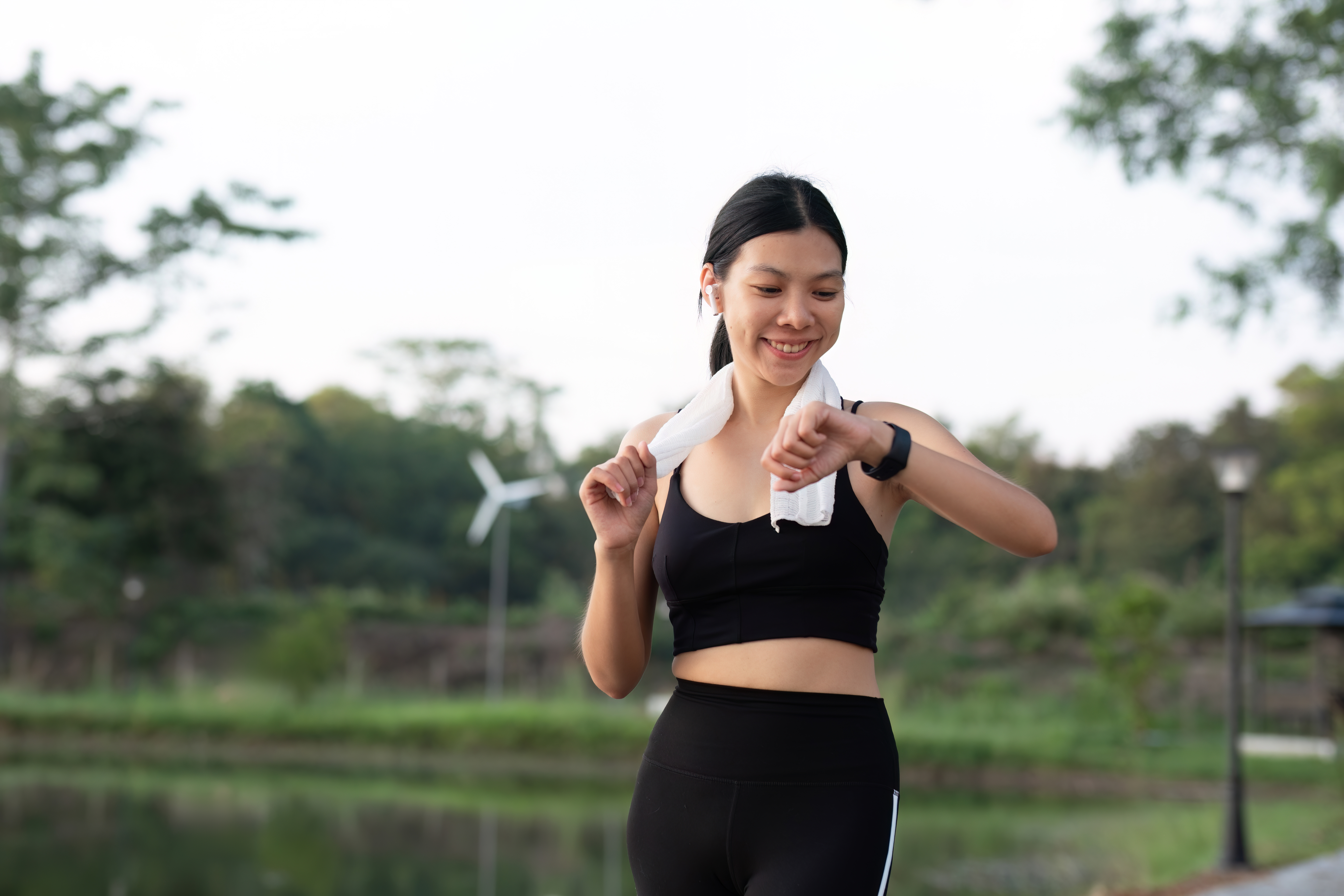
Wearable technology has become an integral part of modern fitness, enabling individuals to monitor their progress and stay accountable to their goals. Devices such as fitness trackers, smartwatches, and heart rate monitors provide real-time data on metrics like steps taken, calories burned, heart rate, and sleep quality. This information empowers users to make informed decisions about their health and fitness routines, allowing for adjustments that optimize results. The social aspect of wearable technology, with features that enable sharing achievements and participating in challenges, further motivates individuals to stay active. As technology evolves, wearables are becoming more sophisticated, offering deeper insights into physical and mental well-being.
5. Group Fitness Classes: Building Community and Motivation
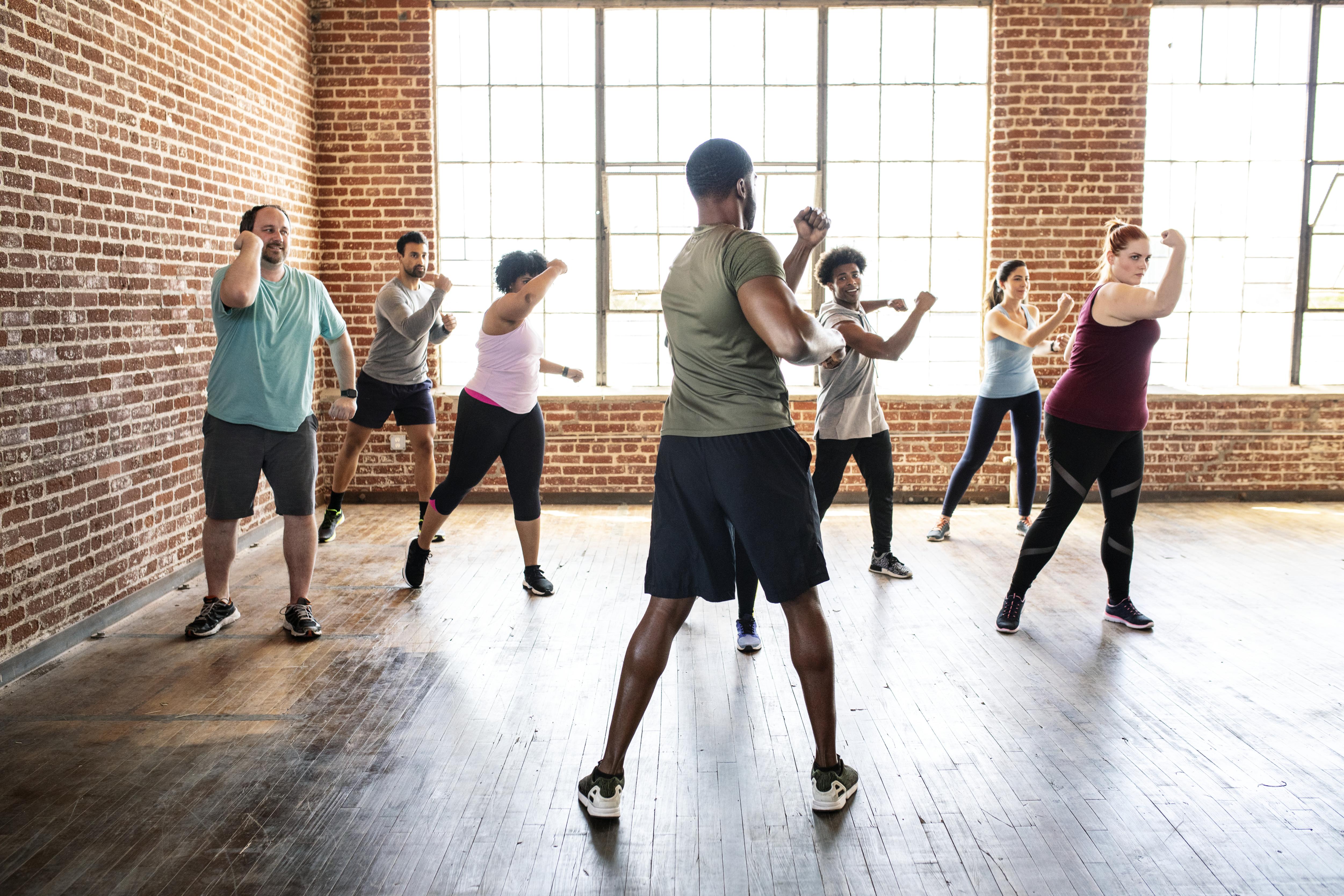
Group fitness classes have long been a staple in the fitness industry, and their popularity continues to grow as they offer a sense of community and camaraderie. Whether it's a high-energy Zumba class, a calming yoga session, or an intense boot camp, group classes provide a supportive environment where participants can motivate each other to push their limits. The social interaction and accountability inherent in group settings enhance the overall exercise experience, making it more enjoyable and sustainable. In recent years, virtual group classes have gained traction, allowing participants to join from anywhere in the world, further expanding the reach and impact of group fitness.
6. Functional Fitness: Training for Real-Life Activities
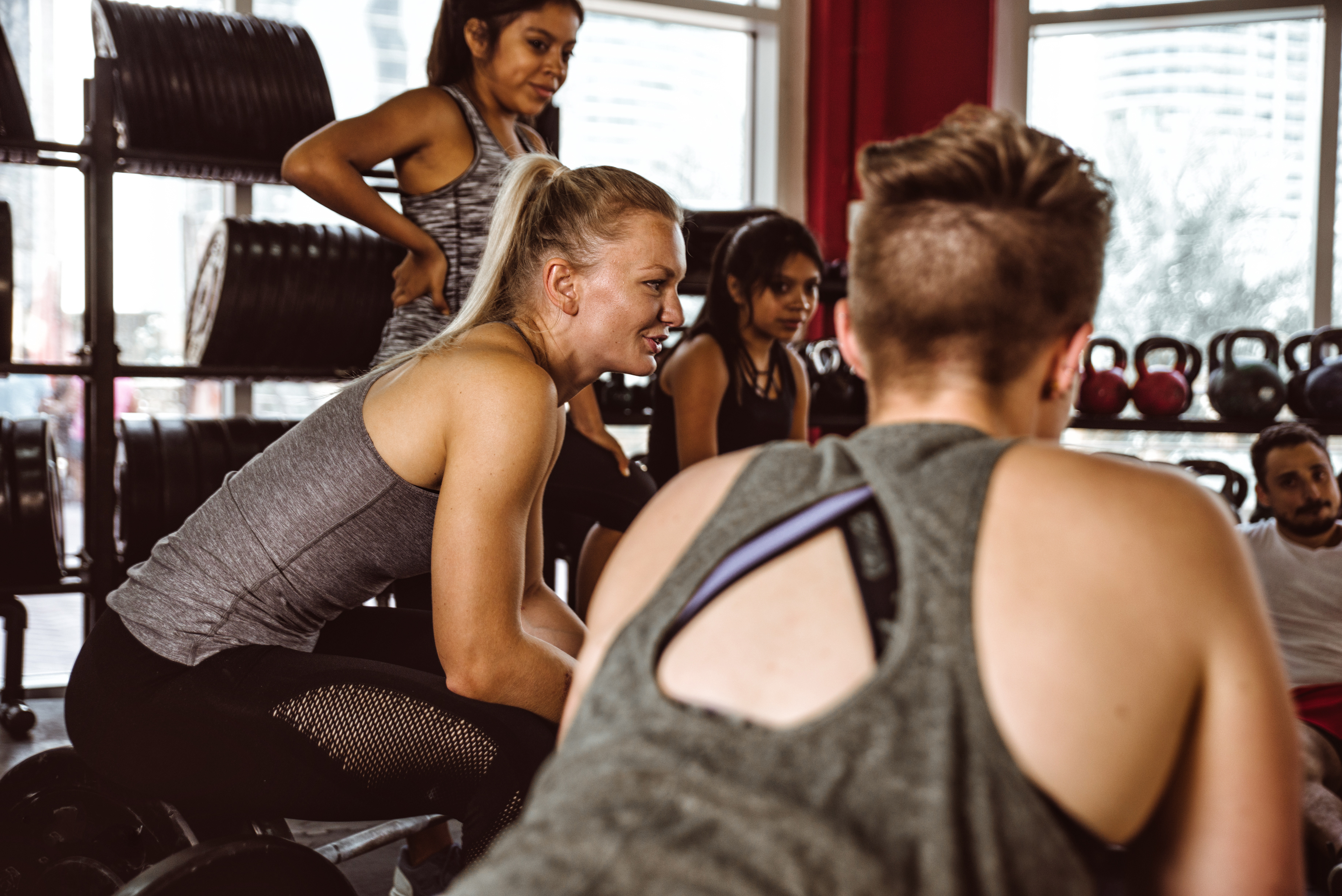
Functional fitness focuses on exercises that mimic everyday movements, improving strength, balance, and flexibility needed for daily activities. This trend emphasizes the importance of training the body in a way that enhances performance in real-life situations, such as lifting groceries, climbing stairs, or playing with children. Functional fitness routines often incorporate compound movements, like squats, lunges, and push-ups, which engage multiple muscle groups simultaneously. This approach not only improves physical fitness but also reduces the risk of injury by promoting better body mechanics. As people seek practical fitness solutions that enhance their quality of life, functional fitness continues to gain popularity.
7. Mind-Body Workouts: Integrating Mental and Physical Wellness
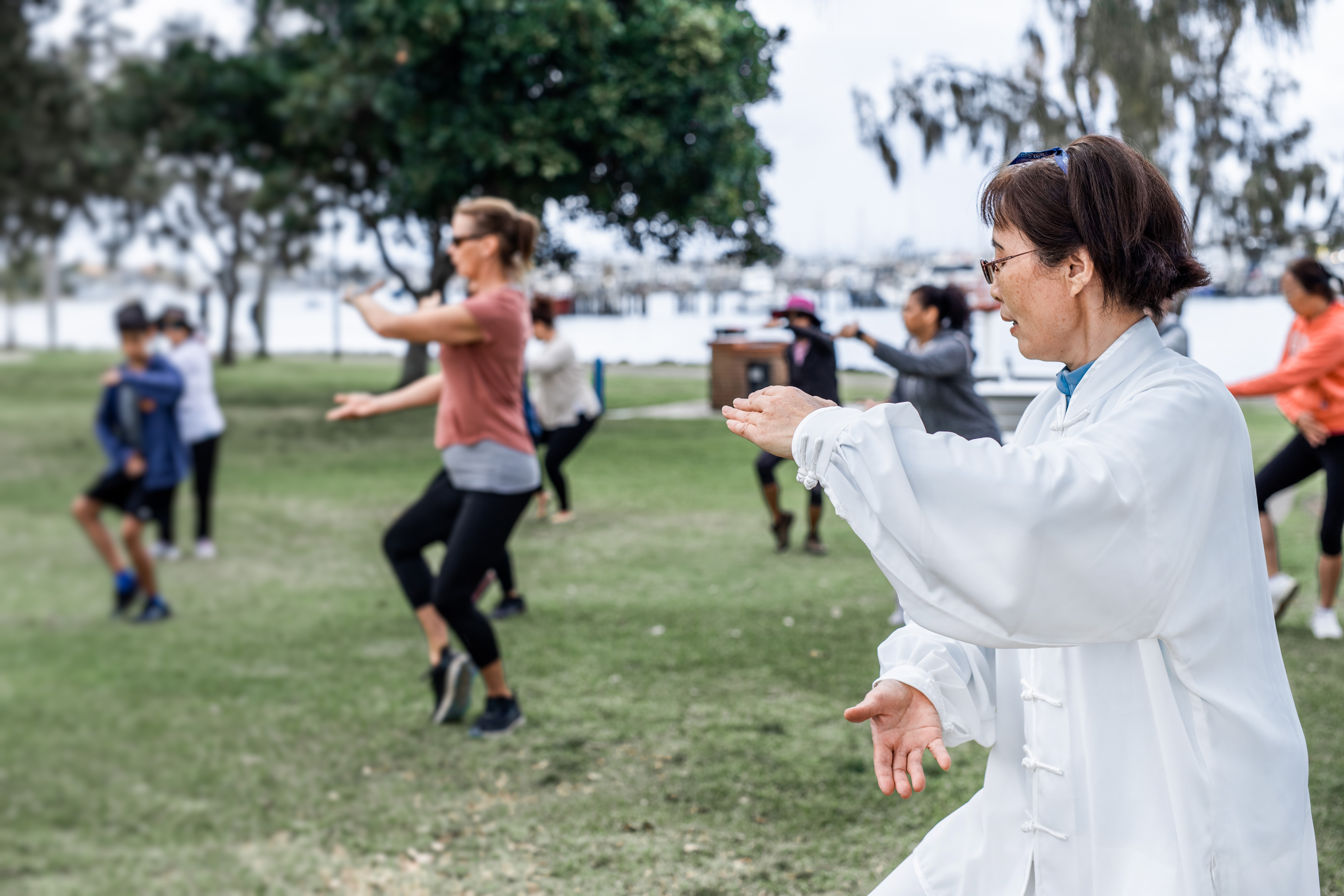
Mind-body workouts, such as yoga, Pilates, and tai chi, emphasize the connection between mental and physical health. These practices incorporate mindfulness, breath control, and meditation, promoting relaxation and stress reduction. The holistic nature of mind-body workouts makes them an appealing choice for individuals seeking to enhance both physical fitness and mental well-being. As awareness of mental health continues to grow, more people are turning to mind-body practices to manage stress, improve focus, and cultivate inner peace. The integration of mental and physical wellness in these workouts aligns with the broader trend towards holistic health, which prioritizes overall well-being.
8. High-Intensity Interval Training (HIIT): Efficient and Effective
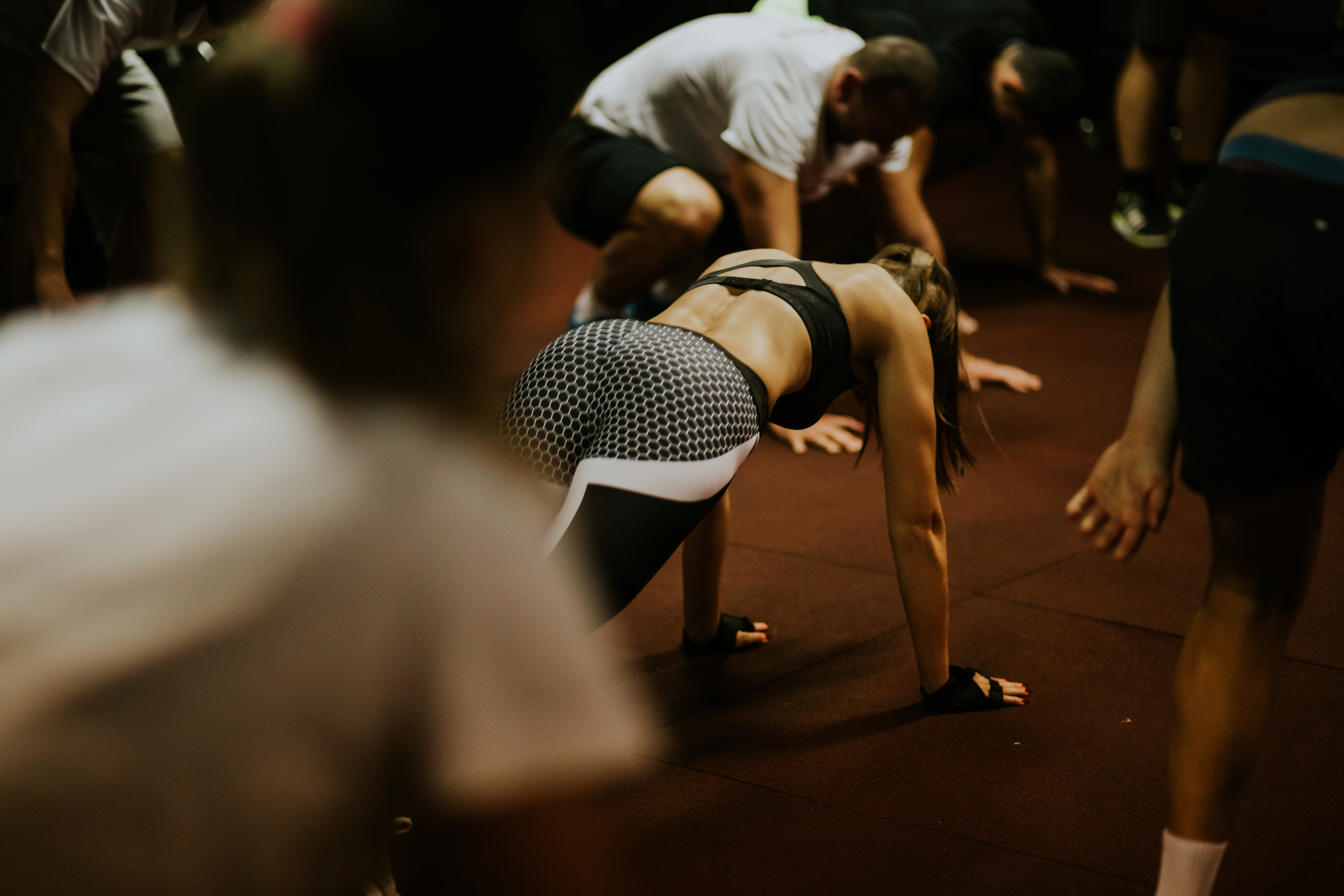
High-intensity interval training (HIIT) has gained widespread popularity for its ability to deliver effective results in a short amount of time. HIIT workouts consist of short bursts of intense exercise followed by brief periods of rest or low-intensity activity. This format not only boosts cardiovascular fitness but also enhances metabolism and promotes fat loss. The efficiency of HIIT makes it an attractive option for individuals with limited time to exercise, as sessions can be completed in as little as 20 to 30 minutes. Despite its intensity, HIIT can be adapted to suit different fitness levels, making it accessible to a wide range of individuals.
9. Fitness Apps: On-Demand Workouts and Guidance

Fitness apps have become a cornerstone of the modern fitness landscape, offering on-demand workouts, personalized training plans, and expert guidance. These apps cater to a variety of fitness goals, from weight loss to muscle gain, and provide users with the flexibility to exercise anytime, anywhere. The convenience of accessing workouts on a smartphone or tablet has made fitness apps a popular choice for busy individuals seeking to maintain an active lifestyle. In addition to exercise routines, many apps offer features such as nutrition tracking, progress monitoring, and community support, creating a comprehensive fitness solution that empowers users to take control of their health journey.
10. Sustainable Fitness: Eco-Friendly and Ethical Practices
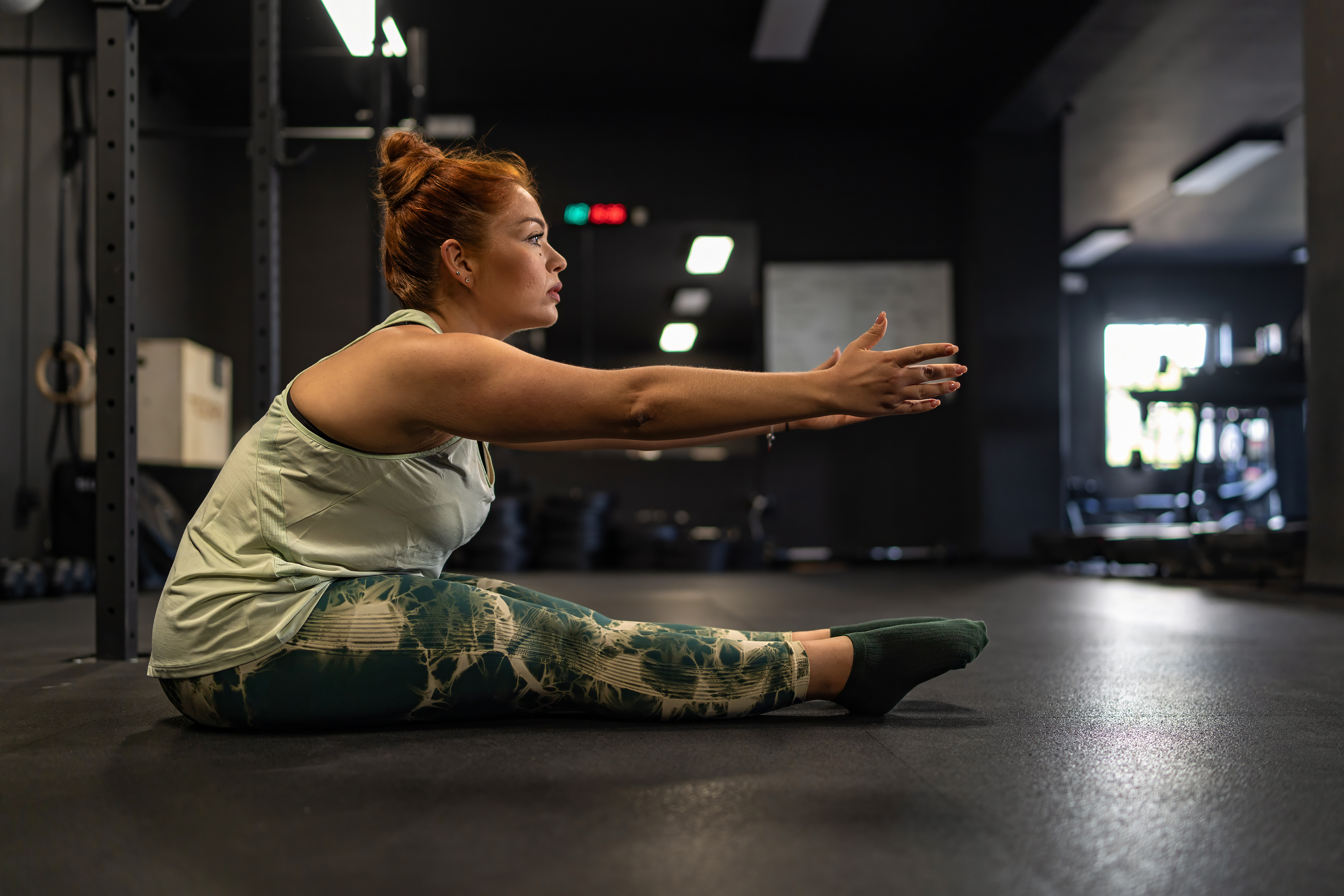
The trend towards sustainability is making its way into the fitness industry, with a growing emphasis on eco-friendly and ethical practices. From gyms that use renewable energy to fitness apparel made from recycled materials, the focus on sustainability reflects a broader commitment to environmental responsibility. This trend also encompasses mindful consumption, encouraging individuals to choose quality over quantity and prioritize long-term health over quick fixes. As consumers become more conscious of their environmental impact, the demand for sustainable fitness options continues to rise. This shift towards sustainability not only benefits the planet but also promotes a more mindful and balanced approach to health and wellness.
11. Recovery and Regeneration: Prioritizing Rest and Restoration

As the importance of recovery in fitness becomes increasingly recognized, more individuals are prioritizing rest and regeneration as part of their workout routines. Recovery practices, such as foam rolling, stretching, and massage, help reduce muscle soreness and prevent injury, allowing for more effective training. The trend towards recovery also includes practices like sleep optimization and stress management, which are essential for overall health and performance. With the rise of recovery-focused studios and products, individuals are gaining access to tools and resources that support their body's natural healing processes. By prioritizing recovery, people can enhance their fitness outcomes and maintain long-term health and vitality.
Embracing the Future of Fitness

The fitness trends explored in this article highlight the diverse and dynamic nature of the modern fitness landscape. From the integration of technology to the emphasis on holistic health, these trends reflect a shift towards more personalized, sustainable, and effective approaches to fitness. As we embrace these innovations, it's important to recognize that fitness is not a one-size-fits-all journey. The key to success lies in finding the trends and practices that resonate with individual goals and lifestyles. By staying informed and open to new possibilities, we can continue to evolve our fitness routines and achieve lasting health and wellness in the years to come.
